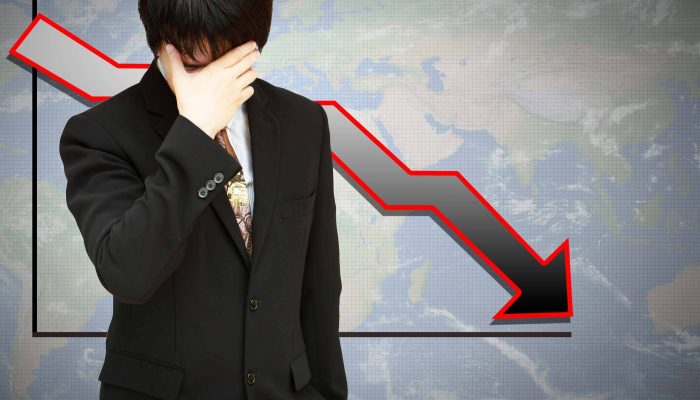China’s Economic Crisis, Part 3: The Risks Of Chinese QE

Posted June 1, 2016
China’s economic growth engine is fuelled by extraordinarily large amounts of credit. In 2015, it took RMB 15.4 trillion (US$2.4 trillion) of credit growth to generate RMB 4.1 trillion (US$631 billion) of economic growth.
In this video, the third in a series on the economic crisis now unfolding in China, we consider how much new credit growth will be required to keep China’s economy growing. The amounts are staggering. If credit were to continue to grow at the 2015 growth rate of 12.6% a year, the equivalent of US$17 trillion would be lent out over the next five years.
Credit growth on that scale would be very difficult to finance and even more difficult to invest profitably.
In the past, China relied on its trade surplus and on foreign direct investment to fund its credit expansion. Last year, however, there was massive capital flight out of China for the first time in modern history. That caused liquidity conditions to tighten.
Chinese policy will have to become increasingly aggressive if the economy’s enormous funding requirements are to be met.
- The Yuan is likely to be devalued further in order to boost China’s (already very large) trade surplus.
- The banking system’s Required Reserve Ratio is likely to be reduced further to permit more domestic credit creation and additional leverage.
- Quantitative Easing is likely to be introduced by the central bank – despite the risk of setting off a politically destabilizing inflation shock.
Even with these measures, a sharp slowdown in China’s credit growth and economic growth is inevitable. Therefore, the questions we must ask include: 1) How much will they slow? 2) How fast? And, 3) How many trillions of dollars worth of deposits will be destroyed by non-performing loans and credit defaults in the meantime?
These questions are explored in this video.
Subscribers to Macro Watch can log in and watch China’s Economic Crisis, Part 3 now. The video is 24 minutes long and contains 45 downloadable charts.
If you would like to subscribe to Macro Watch, click on the following link:
http://www.richardduncaneconomics.com/product/macro-watch/
For a 50% subscription discount worth US$250, hit the “Sign Up Now” tab and, when prompted, use the coupon code: series
You will find more than 25 hours of Macro Watch videos available to watch immediately. A new video will be added approximately every two weeks.
Finally, if you find this blog useful, please share it with your colleagues and friends.


Your analysis and projections about China’s economy and the implications for the world economy is outstanding.
Your work is an exemplar of the the world’s best.